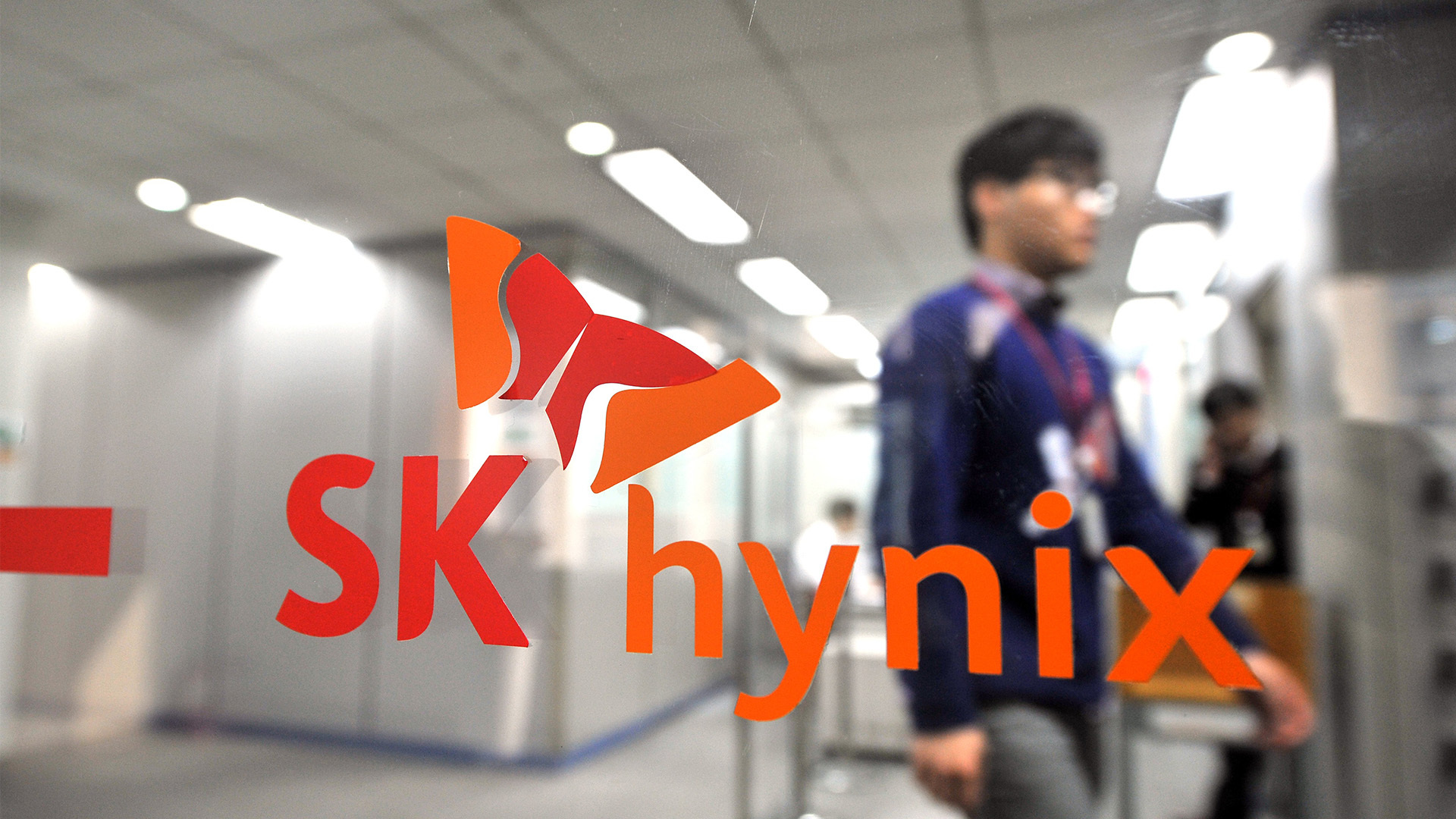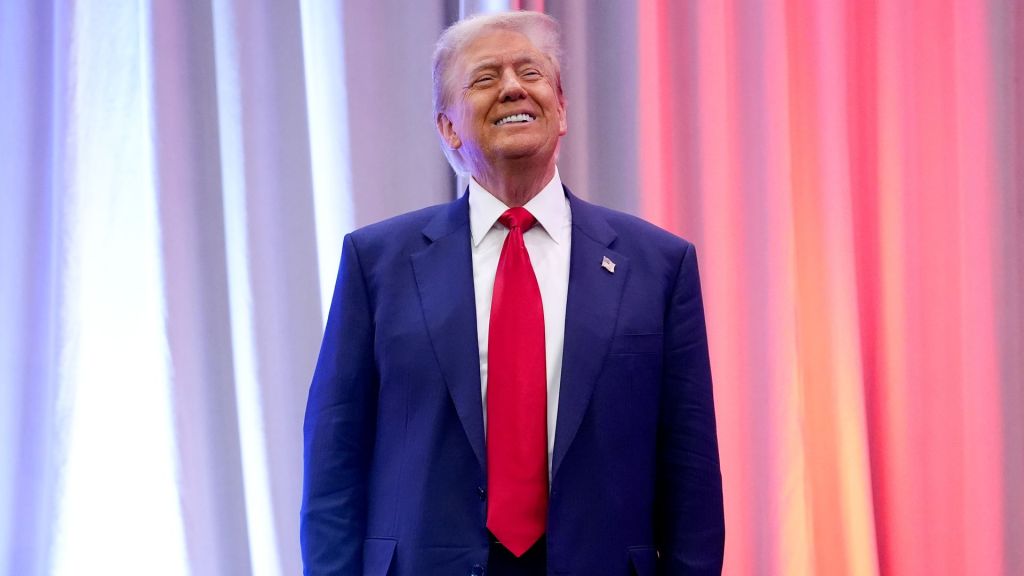
Simone Del Rosario: The U.S. will officially host five of the world’s largest semiconductor manufacturers after dolling out tens of billions of dollars in grant money.
Commerce Secretary Gina Raimondo says these five are the only companies in the world capable of producing leading-edge chips at scale, and now they will do so on U.S. soil.
The Biden Administration announced Tuesday it’s awarding hundreds of millions in grants to South Korea’s SK Hynix for its new facility in West Lafayette, Indiana. The company announced in April it would put nearly $4 billion into building the facility.
The Commerce Department now says it has dished out more than $30 billion of the $39 billion set aside as part of the bipartisan CHIPS Act.
The $450 million in grants to SK Hynix pale in comparison to some of its competitors.
In March, the administration announced $8.5 billion would go to Intel for a plant in Arizona.
In April, Taiwan Semiconductor Manufacturing Company, or TSMC, secured $6.6 billion for a facility also in Arizona.
Samsung got $6.4 billion in funding to expand its footprint in central Texas.
Meanwhile, Micron received a $6.14 billion direct investment from the CHIPS Act that will support building facilities in New York and Idaho.
A smaller $1.5 billion grant went to GlobalFoundries to boost its production in New York.
$162 million went to Microchip Technology to support facilities in Oregon and Colorado.
While defense contractor BAE Systems received the first CHIPS Act grant totaling $35 million to quadruple manufacturing of chips used in F-15 and F-35 fighter jets.
Semiconductors are crucial to the artificial intelligence boom the tech sector is facing today. And only about 10% of chips are made here in the United States. That’s down from roughly 37% in 1990.
The Semiconductor Industry Association says the increased investment from the government and private sector will triple U.S. capacity by 2032. But that will still only account for 14% of global manufacturing.
For SAN, I’m SDR.











